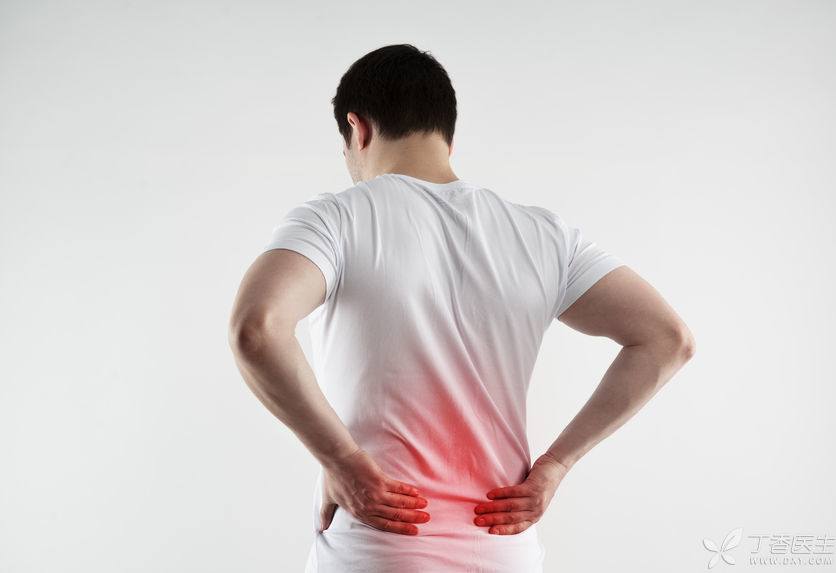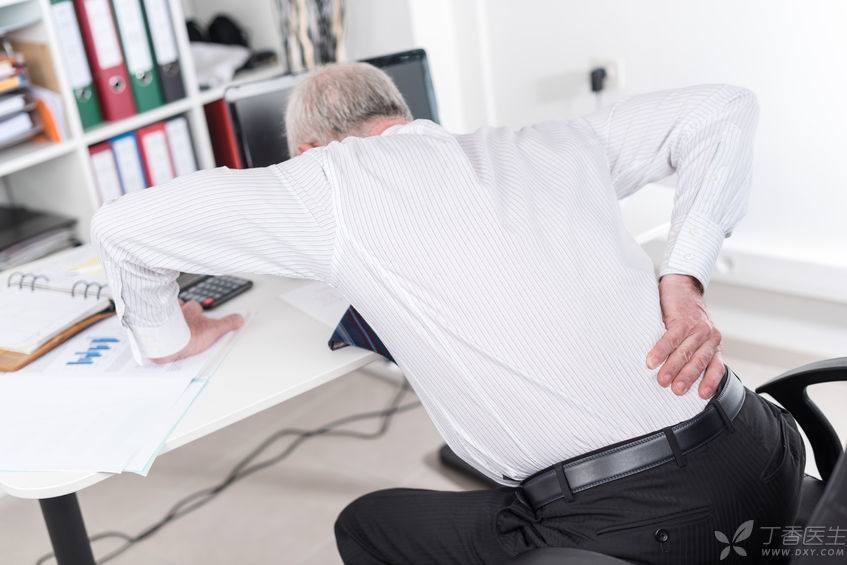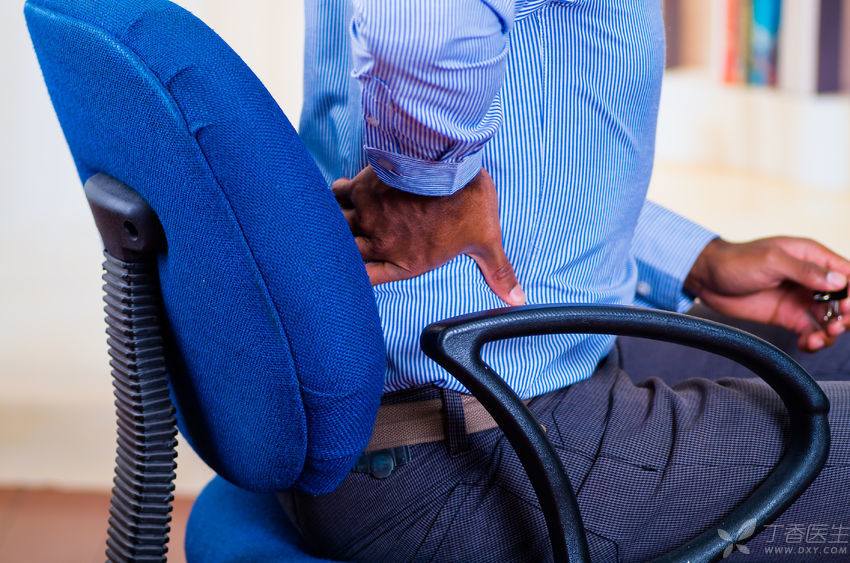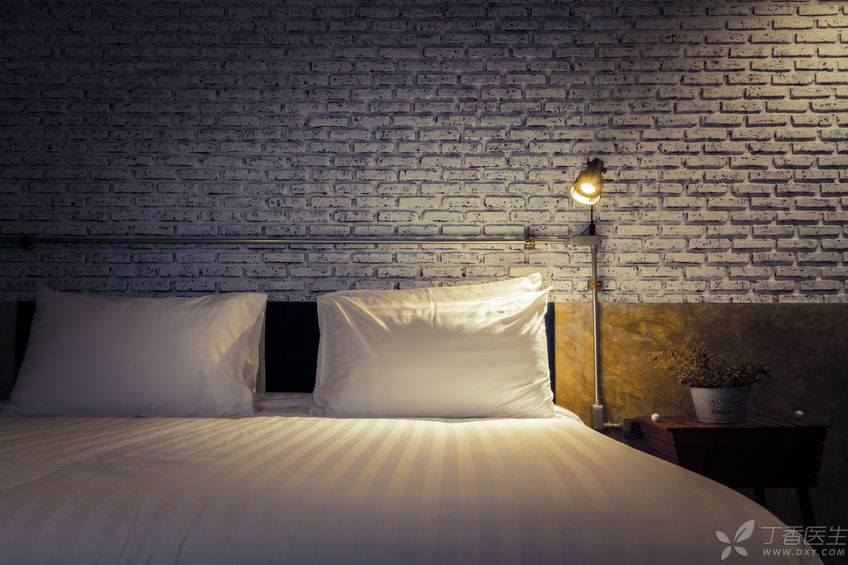
Achievements are not outstanding, work is not outstanding, career is not outstanding, but lumbar intervertebral disc is prominent…
As a major persistent ailment perplexing modern people, many people suffer from lumbar disc herniation at a young age, and their daily life is miserable.
However, there are many misunderstandings about lumbar disc herniation.
Today, Dr. Clove will talk about many people’s misconceptions about lumbar disc herniation.
Error 1: Lumbar disc herniation is not a disease,
Although [lumbar disc herniation] and [lumbar disc herniation] are only one word apart.
However, this word [disease] makes the two very different.
Simply put, disc herniation is a pathological or imaging description, while lumbar disc herniation is the disease.
This means that if there is lumbar disc herniation, it is not necessarily lumbar disc herniation.

Error 2: Lumbago for a long time = intervertebral disc herniation
Many people think that as long as the simple lumbago, coupled with the film report showing disc herniation, is suffering from lumbar disc herniation.
But in fact, the diagnosis of lumbar disc herniation is very complicated.
In addition to lumbago, it also includes leg pain, lower limb muscle atrophy, weakness, hypoesthesia and other abnormalities, unable to pass the straight leg elevation experiment and other symptoms.
These items are often indispensable.
So, don’t make a diagnosis easily.

Error 3: You can check it out by taking a film.
Because CT is cheaper, faster and more convenient than MRI, CT has become the first choice for lumbar disc herniation examination for quite some time, and some medical textbooks even explicitly recommend CT.
However, recent studies have found that MRI is better than CT in diagnostic accuracy and error rate, and MRI has no radiation and almost no harm to the body.
Therefore, if you want to examine lumbar disc herniation, Dr. Clove suggests that you might as well have an MRI.
Error 4: People with lumbar disc herniation have to stay in bed.
Once, strict bed rest was the treatment for lumbar disc herniation, but now studies show that:
For patients with lumbar disc herniation, there is almost no difference between bed rest and daily activities on the impact of the disease.
As for other treatment methods, such as brace fixation, electrical stimulation, acupuncture, traction, etc., have also been proved to have inaccurate therapeutic effects.

Error 5: Surgery is required to solve the problem.
At this stage, in order to avoid the trauma and risks caused by surgery, conservative treatment is still the first choice for lumbar disc herniation clinically.
In conservative treatment, spinal massage can be considered for non-drug treatment.
However, this must be approved by the doctor and a regular medical institution must be selected. Blind massage may aggravate the disease.
Generally speaking, conservative treatment can improve the symptoms of most patients, but if the conservative treatment effect is not good, surgical treatment should be considered.
Error 6: Wait until you think it over before you go to the operation. What will do it at any time.
Surgical treatment of lumbar disc herniation should be carried out within 6 months of onset.
Some studies have shown that patients with early surgical intervention (June ~ 1 year) recover faster and better after surgery.

For lumbago caused by young people’s bad habits, Dr. Clove suggested that everyone should change their habits and strengthen exercise to [treat] it.
However, for complicated diseases such as lumbar disc herniation, Dr. Clove hopes that everyone can understand and attach importance to this disease and can seek medical treatment as soon as possible.
